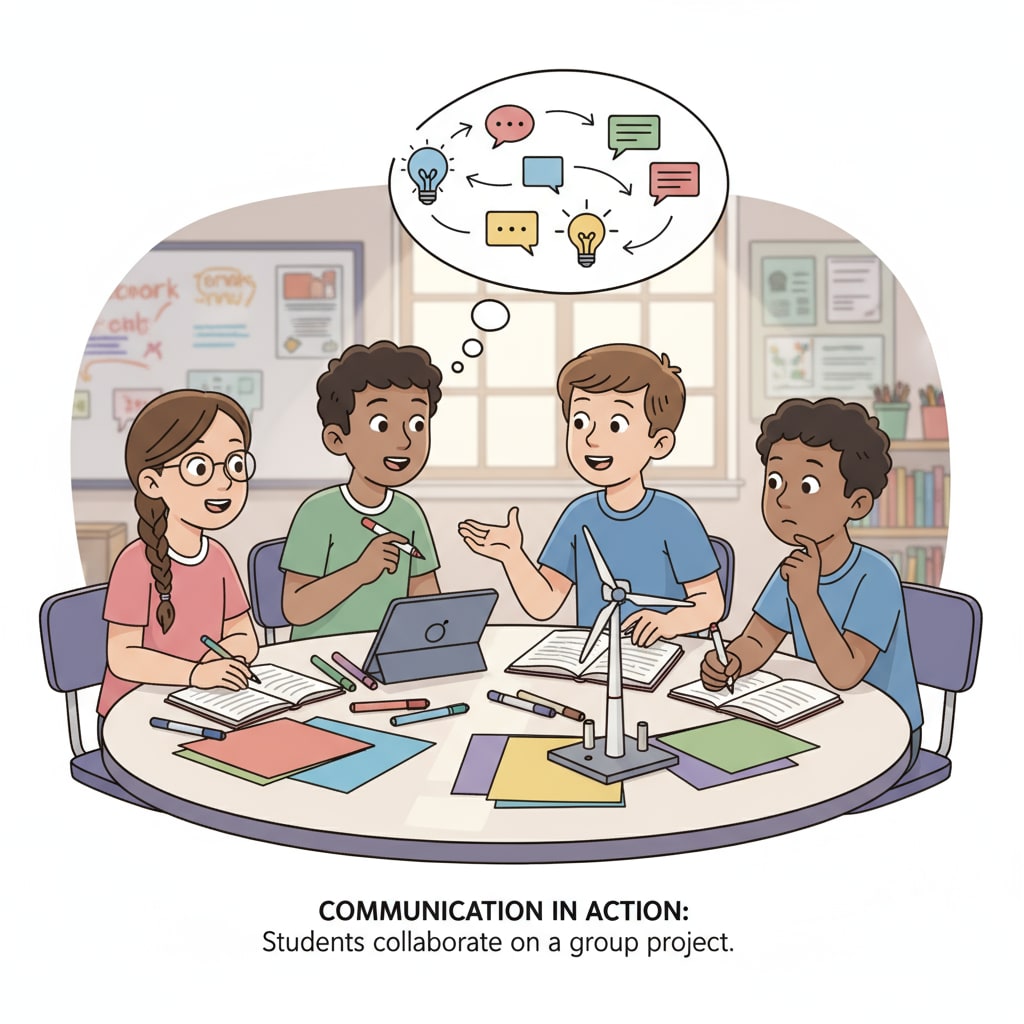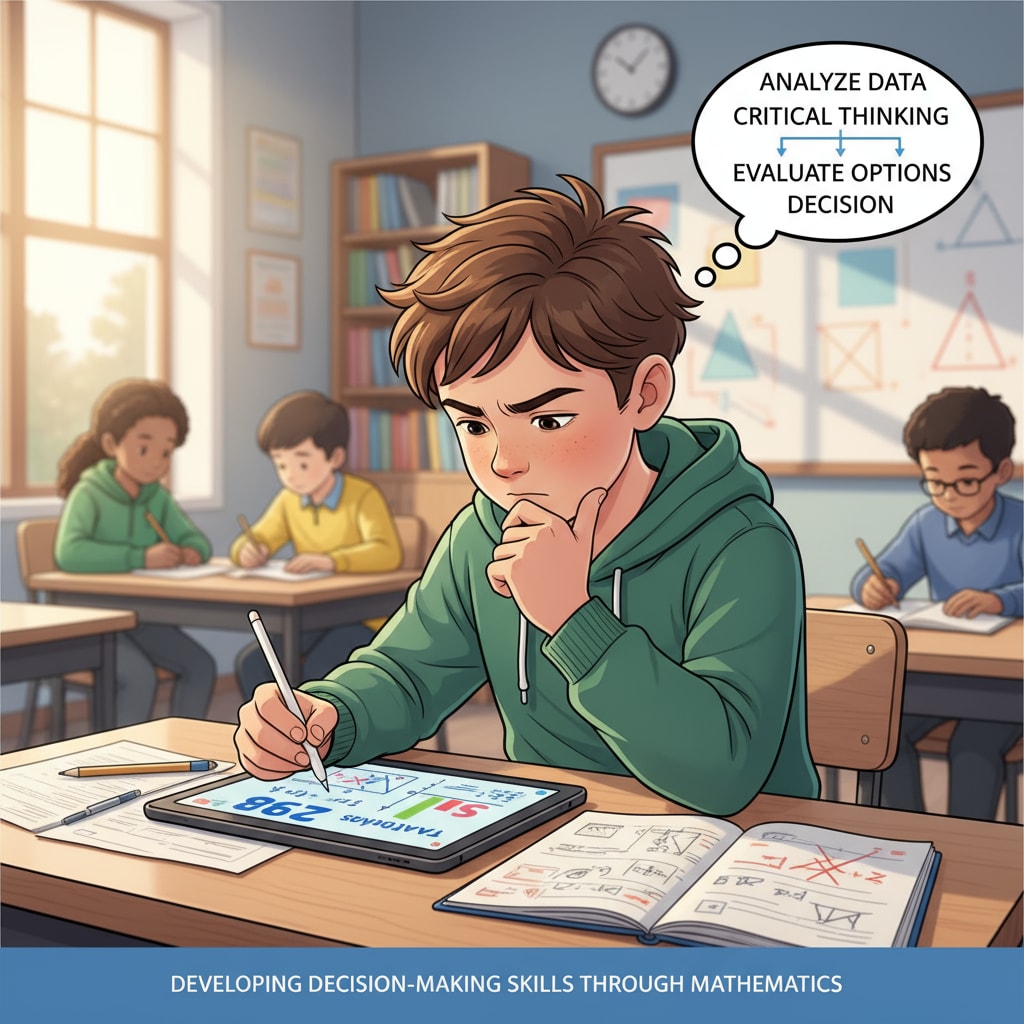Pilot skills, communication skills, decision-making abilities, and situation awareness are crucial aspects that K12 education can play a significant role in cultivating for future pilots. The journey from the classroom to the cockpit begins with a solid educational foundation. In today’s world, the aviation industry demands well-rounded individuals with a diverse set of capabilities. K12 education, spanning from elementary to high school, provides a unique opportunity to instill these essential skills in students.
Communication Skills: The Lifeline in the Cockpit
Effective communication is the cornerstone of a pilot’s job. In K12 education, various activities can be designed to enhance this skill. Debating clubs, for example, encourage students to express their thoughts clearly and persuasively. Group projects also play a vital role as they require students to collaborate, share ideas, and listen actively. Communication skills on Wikipedia states that clear communication reduces misunderstandings and ensures smooth operations. Pilots need to communicate with air traffic control, co-pilots, and ground staff accurately and efficiently.

Decision-Making Abilities: Navigating Complex Situations
Decision-making is another key skill for pilots. K12 educators can introduce problem-solving activities and real-life scenarios in the curriculum. Math and science courses, for instance, present challenges that require students to analyze data and make informed decisions. By solving puzzles and participating in case studies, students learn to think critically and make quick, sound decisions. According to Decision-making on Britannica, these experiences help students develop the ability to handle pressure and uncertainty, which are essential in the cockpit. Pilots often face unexpected situations where split-second decisions can mean the difference between safety and danger.

In addition to communication and decision-making, technological literacy is becoming increasingly important for pilots. K12 education should incorporate technology courses that teach students about aircraft systems, navigation tools, and flight simulators. This hands-on experience gives students a taste of what it’s like to operate modern aircraft. Moreover, situation awareness can be cultivated through activities that require students to pay attention to details and understand their surroundings. For example, outdoor exploration activities can enhance students’ ability to perceive changes in the environment, which is crucial for pilots flying in various weather conditions.
Finally, adaptability is a skill that K12 education can foster. The aviation industry is constantly evolving, and pilots need to be able to adapt to new technologies, regulations, and operating procedures. By exposing students to different cultures, teaching methods, and learning environments, K12 education helps students become more flexible and adaptable. This adaptability will serve them well as they progress through their pilot training and enter the workforce.
Readability guidance: In this article, we’ve explored how K12 education can contribute to the development of pilot skills, focusing on communication, decision-making, technological literacy, situation awareness, and adaptability. By incorporating relevant activities and courses into the curriculum, K12 schools can help students build a strong foundation for a successful career in aviation. These skills are not only essential for pilots but also valuable in many other fields.


